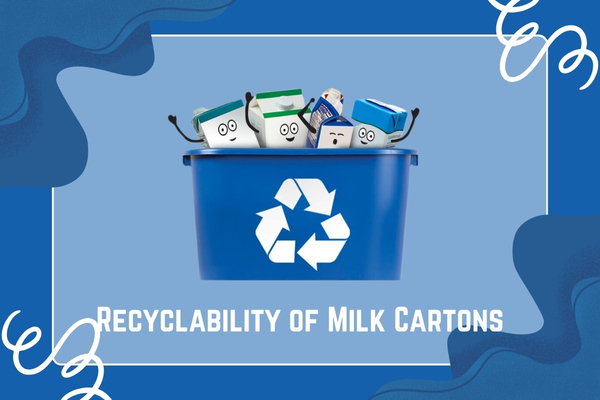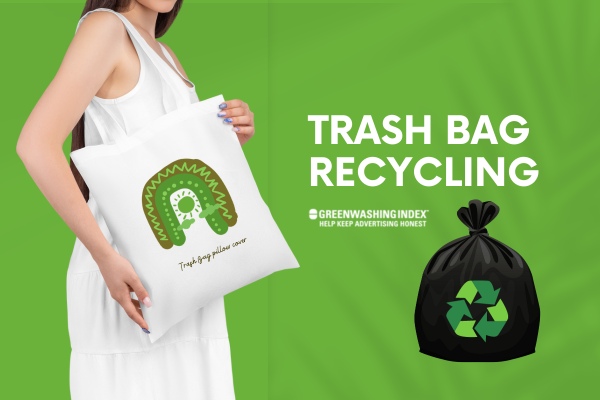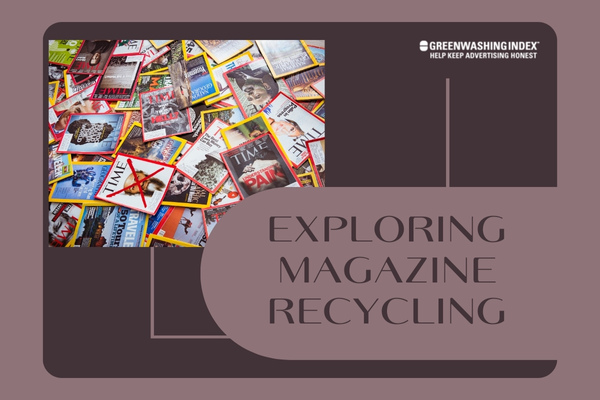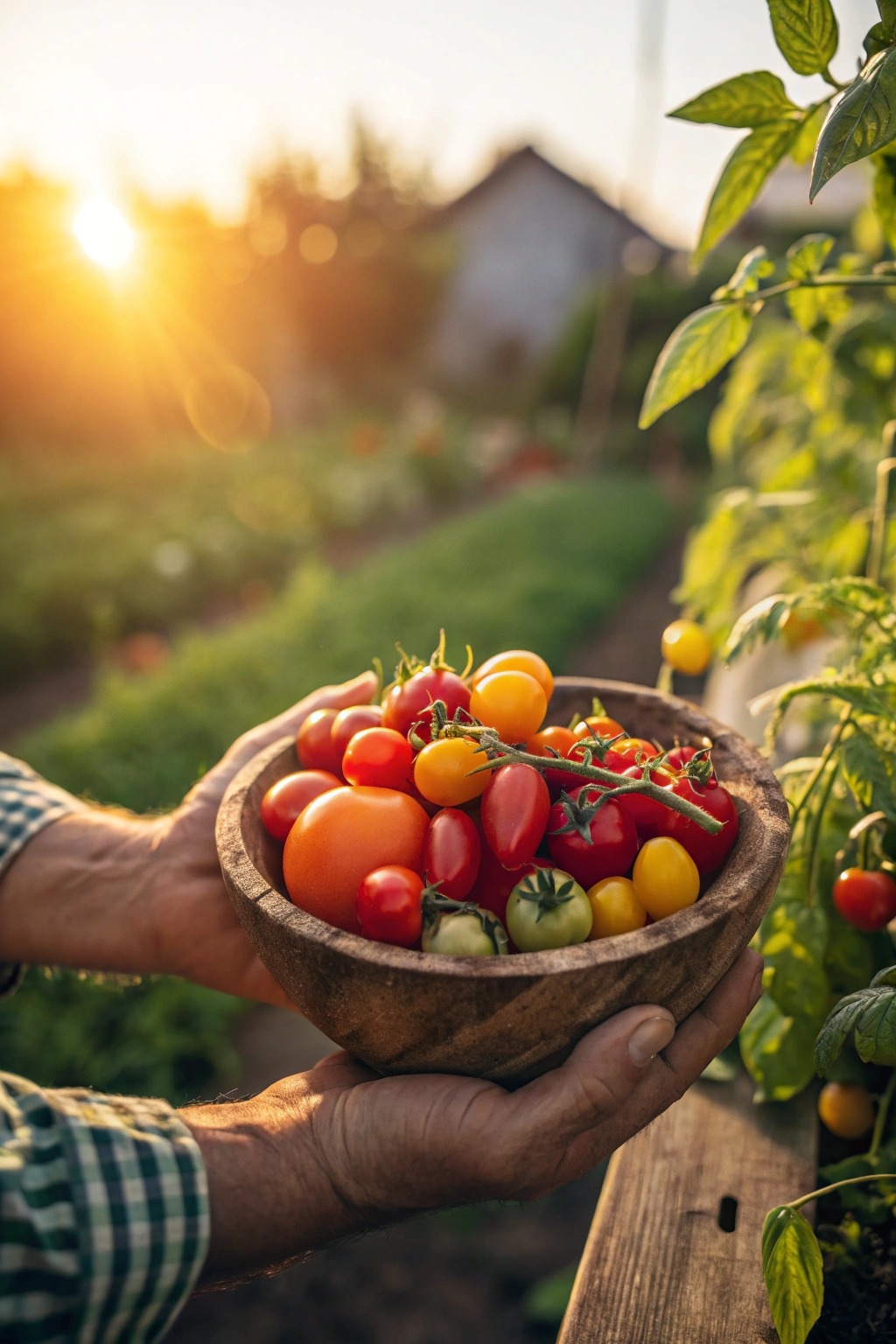The recyclability of waxed milk cartons is a topic that often stirs up confusion among environmentally conscious consumers. With the increasing emphasis on sustainability, many wonder if their everyday choices truly contribute to a greener planet. While milk cartons are a staple in most households, not all are created equal when it comes to recycling.
Waxed cartons, in particular, pose challenges that can hinder their journey back into the recycling stream, leaving many to question their environmental impact. Understanding these nuances can empower consumers to make informed decisions that align with their eco-friendly values.
The Basics of Milk Cartons
When I’m pouring myself a glass of milk, I often wonder about the carton in my hand. What goes into making it, and can I recycle it after finishing the milk? Let’s dive into the world of milk cartons and explore their production and varieties.
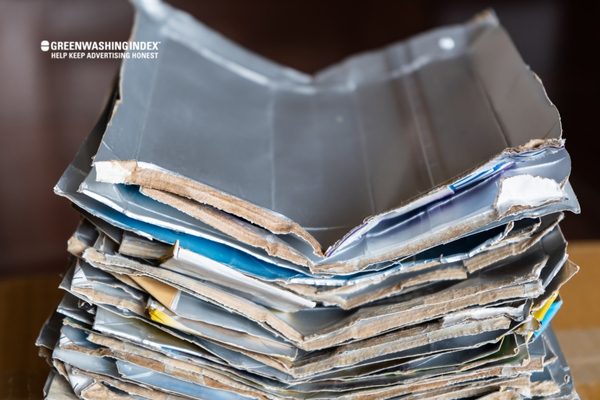
How are Milk Cartons made?
Ever given much thought to how that milk carton ended up in your fridge? It’s not something most folks lose sleep over, but it’s pretty fascinating when you break it down. Here’s how it goes:
- Materials: Most milk cartons are made from paperboard. Don’t be fooled by its lightweight feel; this stuff is sturdy enough to keep that liquid gold safe. Yet, there’s more than just paper in there.
- Layers: See, to stop your milk from turning your fridge into a soggy mess—and believe me, nobody wants that—these cartons have layers of polyethylene plastic or similar materials. Some even have an aluminum lining for an extra shield to keep things fresh.
- The Process: It all starts with that paperboard getting flattened like a pancake. Then, machines coat ’em with plastic or aluminum if needed. These layers act like bouncers at a club—nothing unwanted gets in or out.
- Shaping Up: Next up is shaping these flat sheets into containers more recognizably fit for holding our dairy delights.
- Sealing the Deal: Finally, they heat-seal everything together, ensuring no sneaky leaks ruin the party.
That’s your basic run-down! Paperboard coated with protective substances, then shaped and sealed—it’s not rocket science, but still pretty impressive.
Different types of Milk Cartons
Not all milk cartons are created equal, you know? Variety is the spice of life—and dairy packaging:
- Waxed Cartons:
- Old-school style with wax-coating
- Mainly seen housing school cafeteria milk or small servings
- It is a bit tricky on the recycling side because wax isn’t so friendly with recyclable materials.
- Plastic-Coated Cartons:
- The common suspects are sitting snugly on grocery store shelves.
- Coated inside-out with polyethylene
- They have a better moisture barrier than their waxed cousins.
- Foil-Lined Cartons:
- These guys come armored up for extended shelf lives (ultra-pasteurized products hang here)
- A mix-up affair: paperboard holds hands with a thin layer of aluminum foil and polyethylene
- They protect against light and oxygen—the archenemies of fresh-tasting milk
Different strokes for different folks—or rather different packaging solutions geared toward different needs such as shelf-life requirements or sustainability priorities.
So next time you grab that gallon or pint-sized friend from the cooler section, remember there’s more behind those pictures of smiling cows grazing in green pastures—you’re holding onto some serious engineering feat right there!
Digging into the Recyclability of Milk Cartons
Milk cartons are increasingly being recognized for their recyclability, but the process can be complex due to the materials used in their construction. While all types of milk cartons are technically recyclable, the ability to recycle them effectively depends on local recycling facilities and practices.
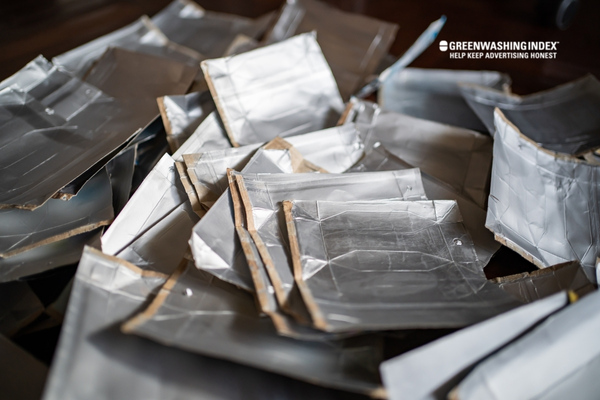
Here’s a closer look at the recyclability of milk cartons:
- Types of Milk Cartons: Milk cartons typically come in two main types: gable top (refrigerated) and aseptic (shelf-stable). Both types are primarily made of paper, but may also include layers of plastic and aluminum, which complicate the recycling process.
- Recycling Rates: Approximately 62% of U.S. communities now accept milk cartons for recycling, a significant increase attributed to advancements in recycling technology.
- Preparation for Recycling: Consumers should ensure that cartons are completely empty and rinsed to prevent contamination. While some sources suggest that rinsing isn’t strictly necessary, it helps maintain the quality of the recycling stream.
- Sorting and Processing: Once collected, milk cartons are sorted at materials recovery facilities. They undergo a pulping process that separates the paper fibers from plastic and aluminum components, allowing for the creation of new products like tissues or building materials.
- Local Guidelines: Recycling practices can vary by location. It is crucial for consumers to check local guidelines to determine whether milk cartons can be recycled in their area and how they should be prepared.
By understanding these aspects, consumers can play an active role in enhancing the recyclability of milk cartons and contribute positively to environmental sustainability.
Are all Milk Cartons Recyclable?
Recycling milk cartons is an important aspect of waste management, as these cartons are made predominantly from recyclable materials. However, the recyclability of milk cartons can vary significantly based on local recycling programs and facilities. Understanding the composition of these cartons and the recycling processes involved can help consumers make informed decisions about their disposal.
Below are key points regarding the recyclability of milk cartons:
- Composition: Milk cartons are typically composed of about 70-90% paperboard, with the remaining materials being plastic and aluminum layers that protect the contents.
- Recycling Challenges: The multi-layer construction makes recycling complex, as many facilities lack the technology to efficiently separate these materials.
- Local Guidelines: Not all municipalities accept milk cartons in their recycling programs; it’s crucial to check local guidelines to determine if they can be recycled curbside.
- Recycling Process: When accepted, milk cartons undergo a process called hydropulping, where they are mixed with water to separate the paper from plastic and aluminum.
- End Products: Recycled paper from milk cartons can be transformed into new products like tissues and packaging materials, while plastic and aluminum can be repurposed into items such as furniture or building materials.
- Best Practices: To ensure successful recycling, rinse out any residue from the carton before disposal, and check whether your local program requires them to be flattened or not.
The Process Involved in Recycling
Recycling is a crucial process that helps reduce waste and conserve resources. The recycling of milk cartons, which are made of layered materials including paper, plastic, and aluminum, involves several steps to ensure that these materials are properly processed and reused. Understanding this process can help consumers participate effectively in recycling efforts.
Here’s an overview of the steps involved in recycling milk cartons:
- Collection & Sorting: First off, your milk carton needs company; it gets binned with other recyclables. Once at a facility, sorting kicks off – this separates cardboard from paper from plastics.
- Pulping: This is where things get mushy – literally! The sorted carton goes into a pulper that transforms it into slurry by adding water and spinning it around real fast.
- Separating Layers: Since most cartons are material mixologists (think paper plus plastic plus sometimes aluminum), they gotta be broken down into separate materials through filtering or centrifuging processes.
Truth be told, while we’ve come far in terms of technology and innovation within recycling processes for milk carton materials, it’s not without its hitches or glitches along the way.
By now, you might be getting this inner feeling that there’s something we can do about this whole scenario — yeah? Stick around because understanding how our actions affect matters like the recyclability of milk cartons is just one piece of this green living puzzle we’re all piecing together for Mother Earth.
The Truth about Recycling your Milk Carton
Recycling milk cartons seems like a no-brainer, right? I mean, we all want to do our part for the environment. But when it comes down to it, the recyclability of milk cartons is not as straightforward as you might think.
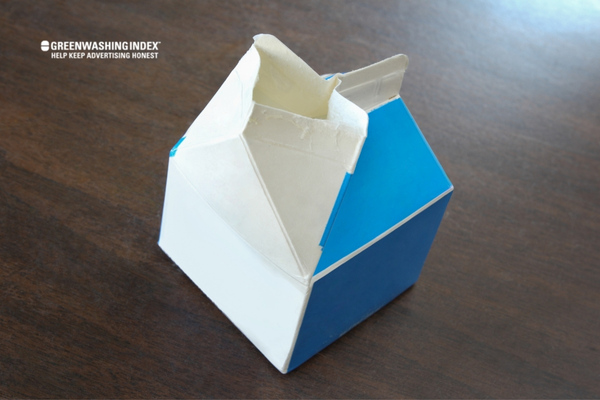
Why Are Milk Cartons Not Recyclable? A Closer Look
Recycling milk cartons might seem like an obvious choice. After all, we all want to do our part for the planet. But surprisingly, the question of why are milk cartons not recyclable has a more complex answer than you’d expect.
The Challenges behind Recycling Milk Cartons
- Multi-Material Construction: Milk cartons are often made from a mix of materials like paper, plastic, and sometimes aluminum. This multi-layered design helps keep your milk fresh but makes separating the materials for recycling a challenging process.
- Residue Contamination: Many people don’t rinse their milk cartons before recycling them. Leftover milk can contaminate the recycling batch, rendering it unsuitable for processing. Proper cleaning is essential but often overlooked.
- Limited Acceptance in Recycling Programs: Depending on where you live, your local recycling facility might not accept milk cartons, particularly the foil-lined ones used for shelf-stable products. It’s frustrating to find that even “eco-friendly” packaging sometimes isn’t recyclable in practice.
- Scarcity of Specialized Facilities: Not all recycling centers are equipped to handle the complex processing milk cartons require. Even if you diligently recycle, there’s no guarantee a nearby facility can handle the job.
Consequences for Incorrect Disposal
Incorrect disposal of milk cartons can have significant environmental consequences. When these cartons are not recycled properly, they contribute to landfill waste and hinder the recycling process. Understanding the repercussions of improper disposal is essential for promoting responsible waste management practices.
- Landfill destiny: My poor little carton ends up sitting in a landfill among non-recyclables—sometimes for centuries—just taking up space.
- Environmental impact: If we’re talking eco-footprints – whew! The environmental impact of improperly disposed-of milk cartons includes contributing to pollution and messing with wildlife habitats.
- Resource waste: When these guys aren’t recycled properly, all the resources used in producing them—from trees for paper to energy for manufacturing—are essentially wasted instead of reclaimed via waste reduction in dairy products measures.
My heart breaks a little thinking about how even my smallest actions – like tossing out one lonely cardboard container – could be part of this bigger problem.
Being clued up on the challenges and consequences has totally revamped how I think about disposables and recyclables alike. My two-cent advice? Take an extra moment or two figuring out your local recycling scene — as messy as it can be — ’cause getting it right means we all get to keep our precious planet just a bit cleaner.
How Consumers can Positively Impact the Recyclability of Milk Cartons?
Consumers play a crucial role in enhancing the recyclability of milk cartons. By understanding the types of milk cartons and following proper disposal practices, they can significantly reduce contamination and improve recycling rates. Here are some effective ways consumers can positively impact the recyclability of milk cartons:
Choosing Environmentally-Friendly Design
When I’m standing in front of the dairy section, pondering my options, I think about how each choice may affect our environment. Here’s what I’ve found to be true:
- Material Matters: Some milk cartons are made with more sustainable materials than others. Opt for those that use plant-based coatings over plastic when possible.
- Design Counts: Look for brands that boast simpler designs with fewer mixed materials – these tend to be easier to recycle.
- Symbol Spotting: Keep an eye out for recycling symbols on the packaging; they indicate whether the carton is accepted by most recycling programs.
A design that shines as an eco-hero is one with minimal layering. It reduces complexities in the recycling plant, which often equates to less waste ending up in landfills.
Personal Responsibility & Action Steps
Now, talking about personal responsibility usually gets folks’ guards up, but hear me out – it’s all about incorporating small habits for a big cause:
- Rinse and Repeat: Before tossing your empty milk carton into the bin, give it a good rinse—it reduces contamination during recycling.
- Cap On: If your milk carton comes with a plastic cap, leave it on when recycling! The sorting process can handle caps better when they’re attached.
- Educate Yourself: Take some time to understand your local municipality’s guidelines on recycling – not all areas treat milk cartons the same.
- Advocate: Use your voice! If you find out your area doesn’t support recycling certain types of packaging, reach out to local officials or start community initiatives.
- Compost Options: Consider composting if you’re dealing with a coated paper carton without any foil or plastic additives – just cut them up small!
Remember, my fellow friends: Recycling isn’t only about tossing stuff away; it’s also about purchasing products that promote sustainability from the get-go—making choices at checkout starts this eco-conscious journey off right.
By taking these steps and encouraging our friends and neighbors to do the same, we could turn those mountains of would-be waste into molehills, one recycled item at a time!
FAQs
Are milk cartons lined with plastic?
Most modern milk cartons are lined with a thin layer of polyethylene plastic or aluminum to prevent leaks and maintain freshness. This coating complicates recycling efforts.
Are there locations where I cannot recycle my milk cartons?
Yes, certain areas might not have the proper facilities to handle the recycling of milk cartons. It’s best to check with your local waste management services.
What happens if I dispose of my used carton wrongly?
Improper disposal can lead landfilled cartons to take up space and not break down for years, or they can contaminate recycling streams if tossed in the wrong bin.
Where can I find local recycling centers for my cleaned-up milk cartons?
You can locate nearby recycling centers by checking online resources like Earth911 or by contacting your city’s waste management department.
Are milk cartons Compostable?
Milk cartons are not compostable due to their plastic coatings, which hinder decomposition. However, they may be recyclable depending on local facilities.
Conclusion
The complexities surrounding the recyclability of milk cartons highlight a significant environmental concern. It sounds like consumers face confusion regarding whether waxed milk cartons are recyclable. While many plastic-coated cartons can be recycled, waxed versions often cannot, leading to increased landfill waste.
Local recycling guidelines is essential for ensuring that these containers are disposed of correctly. By making informed choices and advocating for better recycling practices, individuals can significantly impact the sustainability of milk carton disposal and contribute to a healthier planet.

